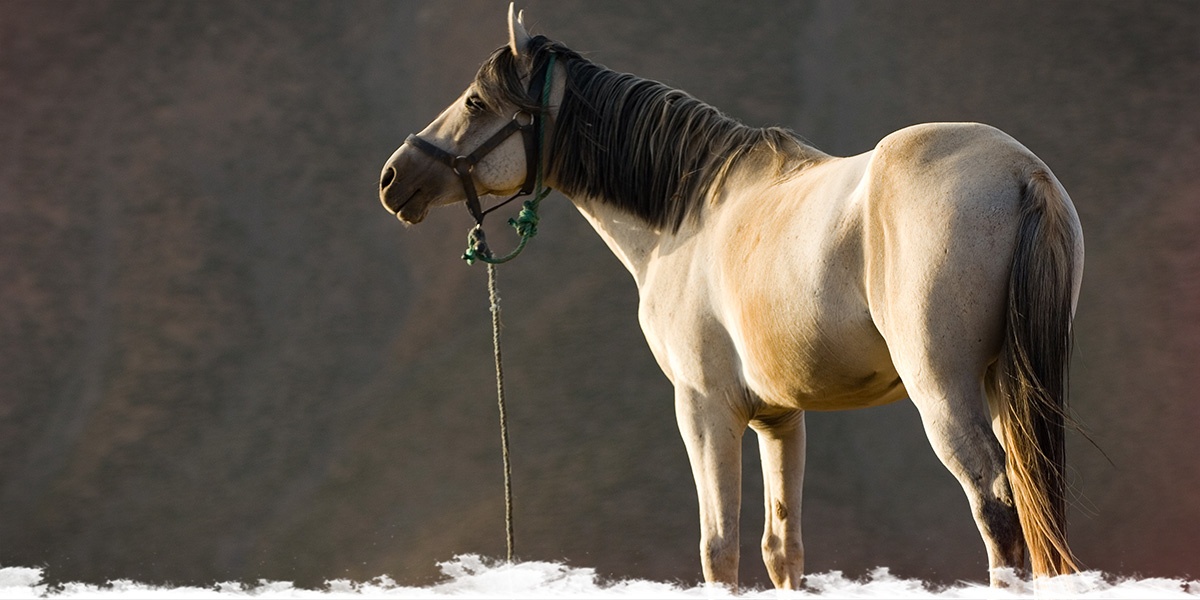
Discover the Barb horse
If you have had the opportunity to travel around North Africa, it is very likely you have encountered the local Barb horse. Strong, steadfast, and with a big personality, this breed is at the very centre of our riding holidays in Morocco.
Origins of the Barb Horse: From North Africa to Europe
The origin of the North African Barb horse is still subject to some debate. Some experts believe that the breed is older than the famed Arabian horse, while others have suggested that they both have one common ancestor: the Akhal Teke. Yet, with not enough proof to confirm either theory, there is still much to learn from this fascinating horse that played a significant role in the improvement of multiple breeds worldwide.
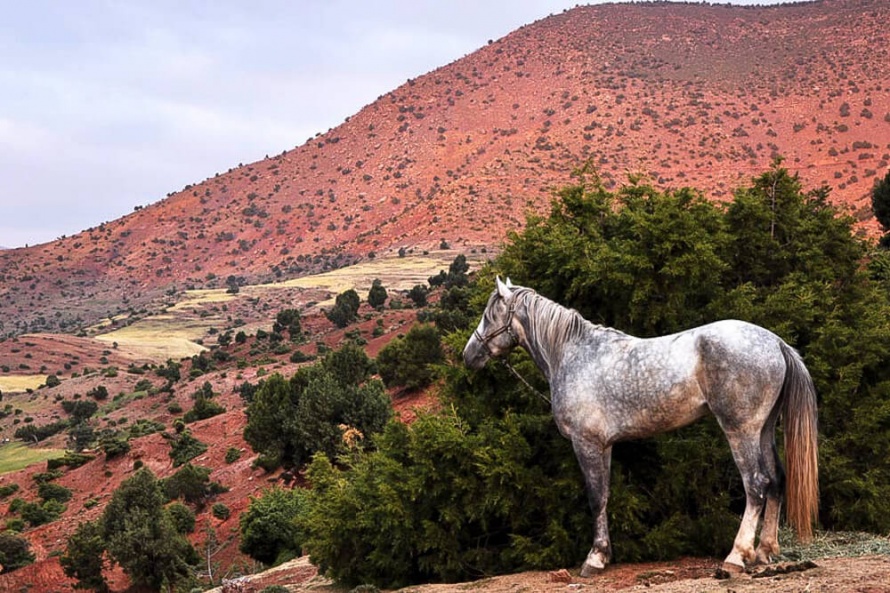
It is believed the Barb horse (or Berber horse) originated from a coastal region in northern Africa, also known as the Barbary Coast - hence the name 'Barb'. The breed history begins in Africa around the 8th century, when a fierce tribe of horsemen named Zanatah, located in what is today Algeria, used Barbs to travel across the arid plains and green mountains of the Barbary Coast. With the Moorish invasion of Spain, the Barb horse was exported to Europe. There, it was often mistaken with the Arabian horse (mostly because their handlers were Berber Muslims), even though they have very little in common, apart from their height and endurance. In Europe, they were crossbred with the local Spanish war horses, resulting in a horse that was not just appropriate for cavalry charges, but also for working cattle.
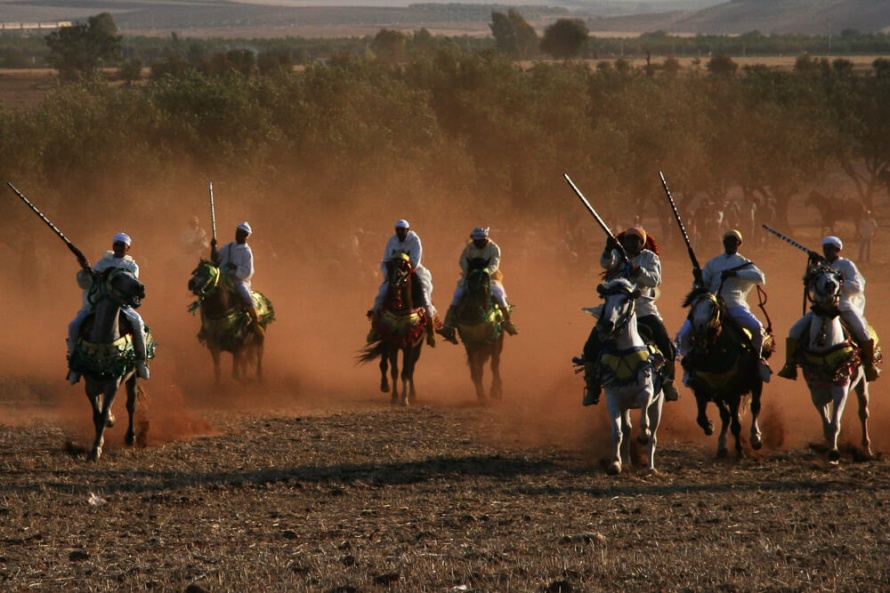
In the 14th century, the Barb was highly valued in Europe by noble families that owned stud farms. In England, the breed showed great stamina and was crossbred with native mares to develop what would become the much-loved Thoroughbred. It is believed that the Barb actually had a greater influence on racehorses than even the Oriental Arabian horses or the Turcoman stallions. Its influence can also be seen in many other breeds across the world, such as the Appaloosa, the Andalusian or the Mustang.
Nowadays, Barbs are primarily being bred in Spain, Algeria, Morocco and Southern France. Over the years, the breed has known different variations and gave way to other varieties such as the Moroccan Barb, Tunisian Barb, Algerian Barb, and many others. Which is the best variation is a common debate amongst passionate breeders!
Features and personality
The Barb usually averages 13.3-15.2 hands, weighs about 450-800kgs and has a lifespan of 20-25 years. It is built to cover long distances and gallop like a sprinter, with a powerful front end and high withers, but a short back and sloping croup. It typically has strong legs and small, round hooves. Expressive eyes, a luxuriant mane and tail, short ears, and a broad forehead are other common features. Gray, chestnut, black, and bay coats are most commonly found, and more rarely dun, grulla and roan coats.
With its muscular physique, the Barb is a very versatile equine companion that can turn its hoof to pretty much any discipline. It is also well-suited for all levels of riders due to its relatively gentle, docile and willing temperament.
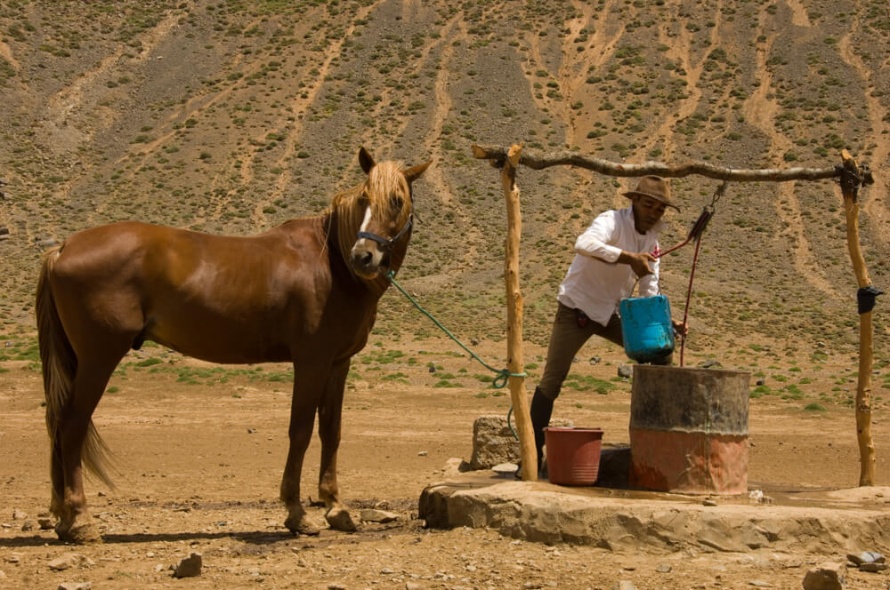
There have been several scientific publications that have identified that the Barb horse only has five lumbar vertebras instead of six. This type of morphology is seen as an advantage for horses that have to support a heavy load on their backs as it puts less strain on the back muscles. This condition in the majority of these horses plays a big role in their endurance capabilities.
Due to their great stamina, Barb horses can maintain a steady pace when travelling over long distances and are well adapted to life in a hot, arid environment - which is why they are ideally suited to our trail rides in the Sahara. Personality-wise, they are great to work with, as they are quite intelligent and very fast learners. Their natural enthusiasm toward learning makes them fairly easy to train and a very versatile equine companion.
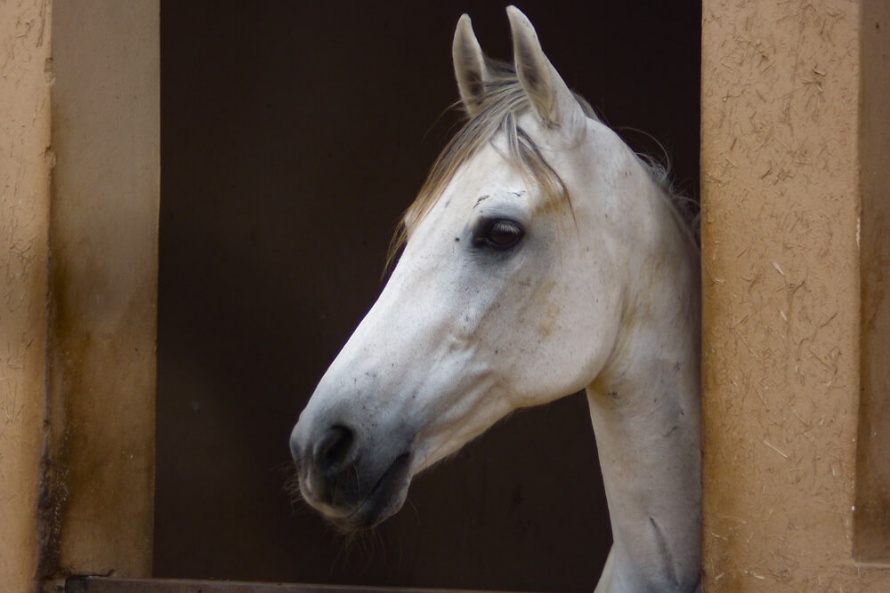
Did you know?
In King Richard the Second by William Shakespeare, King Richard II of England is said to have owned a Barb horse - one he loved more than a son!
"Oh, how it yearned my heart when I beheld In London streets, that coronation day, When Bolingbroke rode on roan Barbary, That horse that hou so often hast bestrid, That horse that I so carefully have dressed."
- Shakespeare: Richard II., v. 5.
More information:
For more information, please visit our holidays in Morocco on our website: Equus Journeys
You can also contact us directly at info@equus-journeys.com or give us a call on +44 (0)1905 388 977
